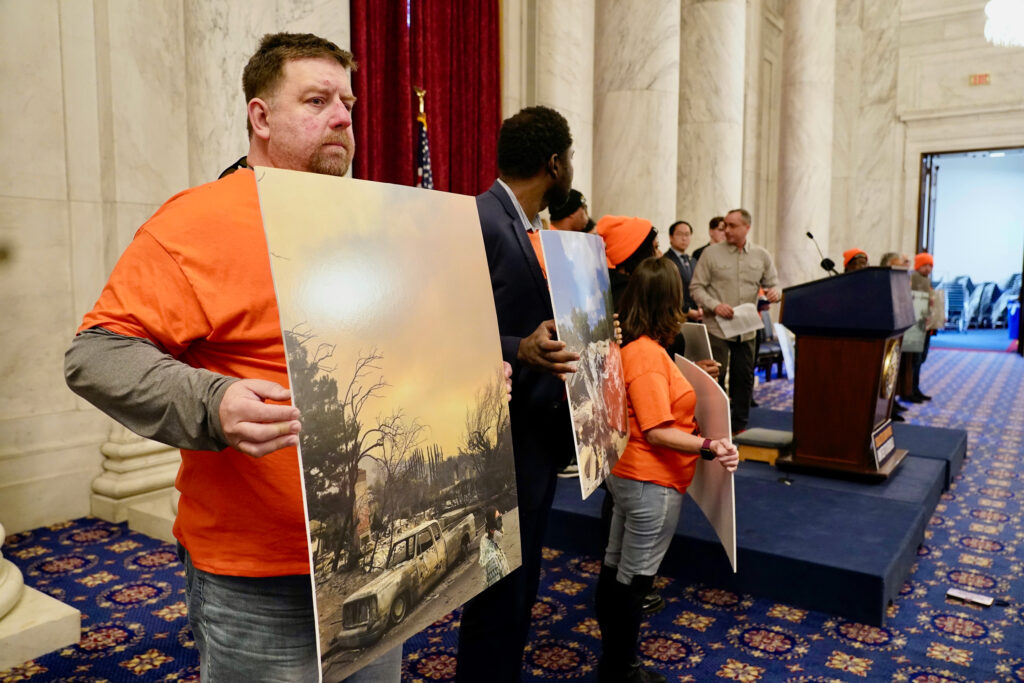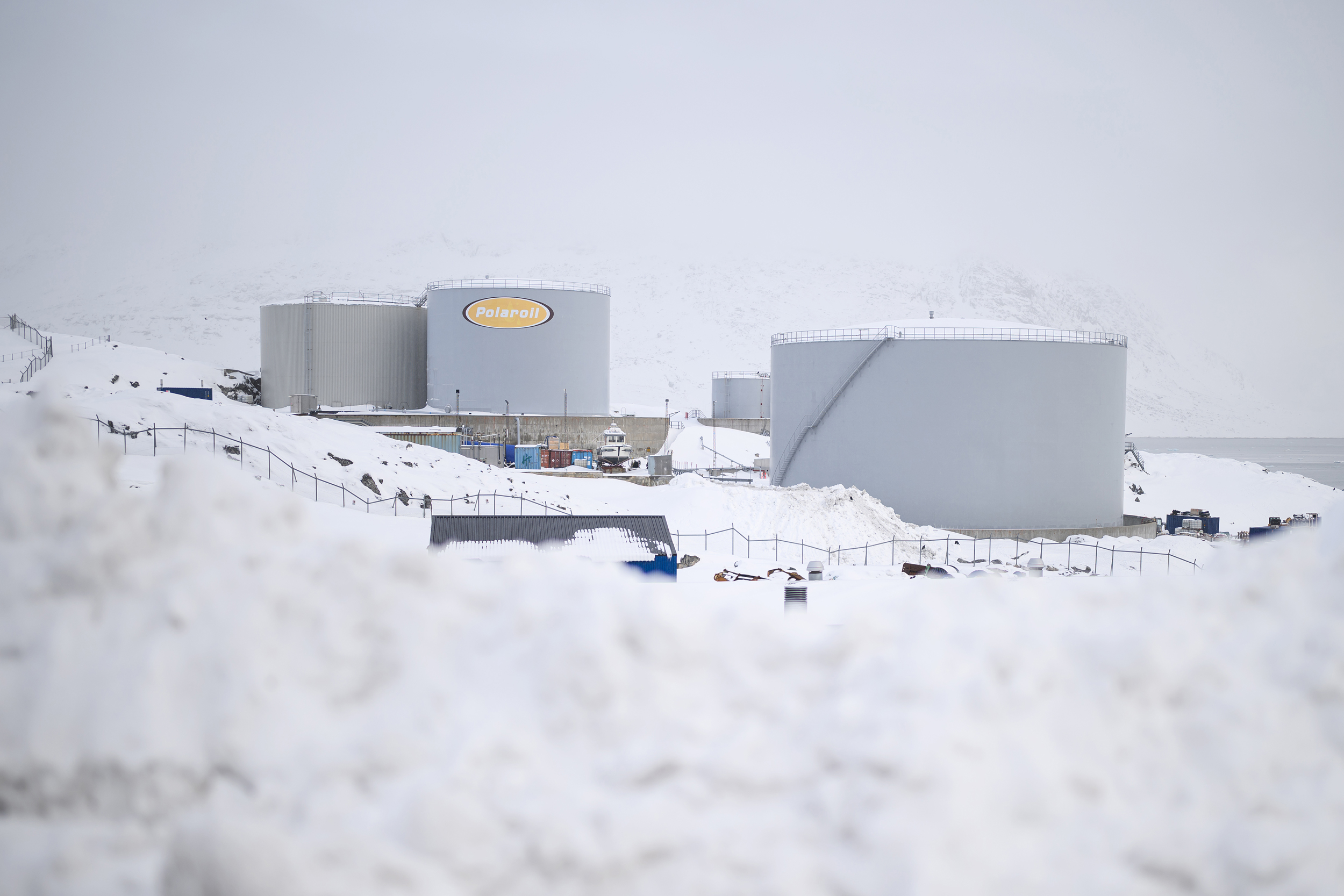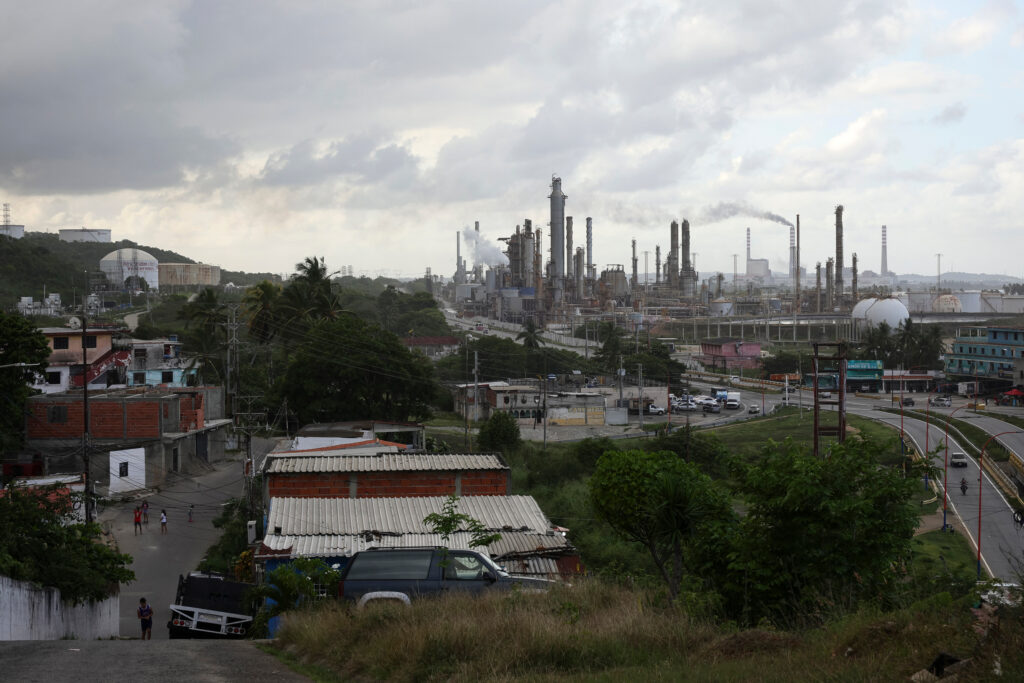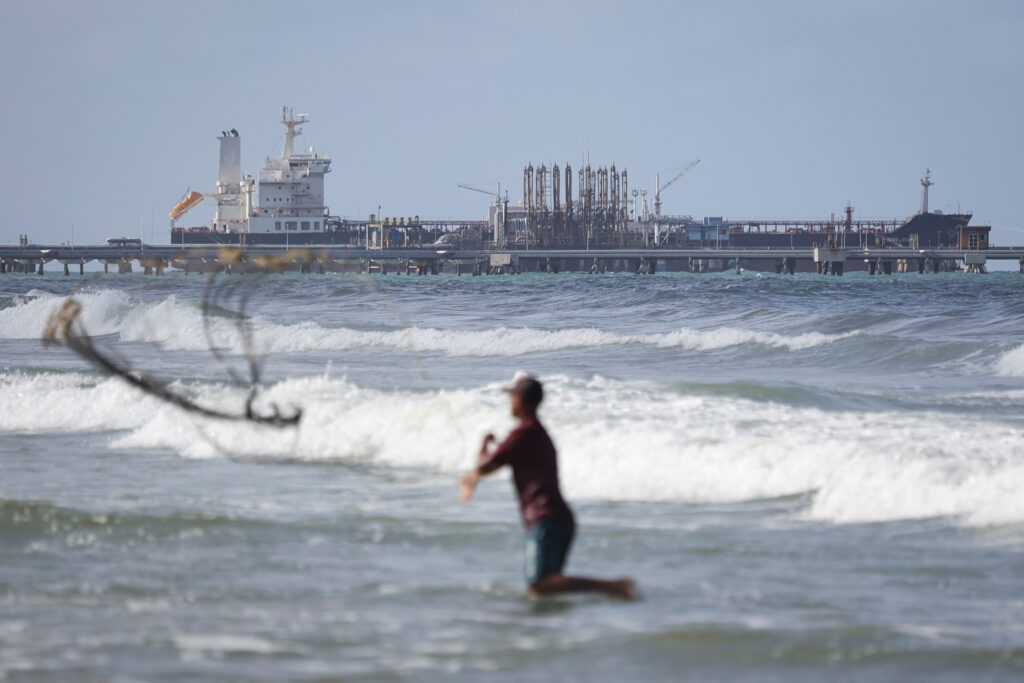When she was told that a federal judge’s ruling will effectively prevent the Environmental Protection Agency from pursuing civil rights claims against chemical manufacturers in Louisiana’s “Cancer Alley,” local activist Tisha Taylor immediately thought of the Fifth Ward Elementary School.
The 300-student school in Reserve, Louisiana, sits about the length of a football field away from the only industrial plant in the nation that emits chloroprene. Chloroprene, a suspected carcinogen, is a substance used in the production of the synthetic rubber, Neoprene. The students, virtually all of whom are Black or Latino, attend class in an area with the nation’s highest cancer risk from air pollution.
“It makes it really difficult for me to understand how we can fight,” said Taylor, 60. “When it comes down to environmental racism, racism in general—and how we can leave children to die, and say it’s OK to die—we don’t have an option.”
In the days since the ruling was handed down last week, environmental justice advocates across Louisiana have wondered precisely how they might begin to move forward without the ability to use one of the EPA’s most potentially potent legal weapons to affect change.
Explore the latest news about what’s at stake for the climate during this election season.
“The area needs to be cleansed,” said Mary Hampton, 85, an environmental advocate who, like Taylor, does not live far from the Fifth Ward school. “We need clean air, clean water, clean soil.”
The ruling, issued earlier this month by the U.S. District Court in Western Louisiana, dealt a blow to the EPA’s use of the “disparate impact” provision of Title VI of the Civil Rights Act of 1964, which bars racial discrimination by people and organizations that receive federal funding.
The EPA had used the disparate impact standard as the foundation to allege that agencies in multiple states were violating civil rights with policies that worsened environmental harms in already overburdened communities of color.
In April 2022, the EPA announced that agency officials would investigate a civil rights complaint in the Reserve area. Jeff Landry, then Louisiana’s attorney general, filed suit against the EPA last year, alleging that the agency exceeded its authority by working to assess discrimination claims involving disparate impact rather than “intentional discrimination.” (Landry has since been elected Louisiana’s governor.)
“EPA officials have lost sight of the agency’s actual environmental mission, and instead decided to moonlight as a social justice warriors fixated on race,” the suit read, noting that federal officials had developed “increasingly warped vision of ‘environmental justice’ and ‘equity.’”
Earlier this summer, U.S. District Judge James D. Cain issued a preliminary injunction that temporarily prevented the EPA from pursuing civil rights cases involving disparate impact while Louisiana’s suit was pending in the courts.
On Aug. 22, Cain made that injunction permanent.
Patrice Simms, vice president of litigation for healthy communities at the environmental law organization Earthjustice, which filed a complaint in January 2022 asking the EPA to investigate potential civil rights violations in the vicinity of the chloroprene plant, warned the ruling might have a “chilling effect” on efforts to address environmental problems in communities of color around the country.
“Louisiana has given industrial polluters open license to poison Black and brown communities for generations, only to now have one court give it a permanent free pass to abandon its responsibilities,” Simms said in a statement. “Louisiana’s residents, its environmental justice communities, deserve the same Title VI protections as the rest of the nation.”
Debbie Chizewer, the managing attorney for Earthjustice’s Chicago office, said after the ruling that attorneys will be “considering all the strategies available to us” to protect the health and continue the fight of community members.
“We’re not giving up,” she said, “just pivoting.”
“Louisiana’s residents, its environmental justice communities, deserve the same Title VI protections as the rest of the nation.”
On the same day that Cain issued his ruling, the EPA announced a set of new standards for pursuing civil rights cases and “best practices for building strong and effective civil rights programs.”
Paul Nathanson, a spokesperson for Denka Performance Elastomers, the company that operates the chloroprene plant and which has been sued by the EPA over its toxic air emissions, said as the agency “continues to extend its policy objectives beyond its legal authority, the courts continue to push back.”
In its “politicized crusade” against Denka, “EPA has spent considerable taxpayer resources ignoring sound science and needlessly fomenting fears in the community,” said Nathanson, lauding Cain’s ruling. “For EPA, its overly-aggressive actions resulted in creating law that’s unfavorable to the agency for the long term. Louisiana’s governor and attorney general were right to advance these arguments in defense of the regulated community.”
Even before last week’s decision, the EPA had begun scaling back some of its Title VI investigations.
After Cain handed down the preliminary injunction in January, EPA civil rights compliance officials posted a disclaimer on the agency’s website that read: “Pursuant to a preliminary injunction issued by the U.S. District Court for the Western District of Louisiana on January 23, 2024, EPA will not impose or enforce any disparate-impact or cumulative-impact-analysis requirements under Title VI against the State of Louisiana or its state agencies.”
In recent months, the agency closed a civil rights probe in Texas and dismissed another investigation about the water crisis in Jackson, Mississippi.
In April, Florida Attorney General Ashley Moody announced that she was leading a 23-state coalition in filing litigation against the EPA’s Title VI regulations, seeking to block them nationally. At the time, Moody said in a written statement that “EPA should be focusing on enforcing the environmental laws passed by Congress, not so-called environmental justice, which is a euphemism for Biden’s extreme agenda.”
Moody’s press office did not respond to email and telephone message requests for comment about the Louisiana federal court ruling.
Despite the setback, Taylor said she and her fellow southern Louisiana activists would continue to seek remedies to the environmental damage that has been done in their communities—even if they were still uncertain of what avenues they might use to do so.
“We’re going to fight until the end,” said Taylor. The EPA’s 2022 letter of concern about the environmental harms in the communities around the plant said that racial discrimination was likely to blame. “And Title VI should be used,” Taylor added.


Taylor said she was struck by Landry’s comments at a recent news conference in which he said that part of his opposition to the EPA’s attempts to hold the rubber plant accountable under Title VI guidelines was that he wanted to preserve the jobs of the roughly 250 employees at the facility.
Why, Taylor said, didn’t Landry mention the children at the Fifth Ward School?
“He overlooked those children to talk about the people who are poisoning the whole community,” Taylor said.
She continued: “There is just a heaviness in my heart right now. But it will not stop my feet from marching. We are fighting until the end, and this racist state and racist government are going to have to deal with us.”
Inside Climate News reporter James Bruggers contributed to this report.
About This Story
Perhaps you noticed: This story, like all the news we publish, is free to read. That’s because Inside Climate News is a 501c3 nonprofit organization. We do not charge a subscription fee, lock our news behind a paywall, or clutter our website with ads. We make our news on climate and the environment freely available to you and anyone who wants it.
That’s not all. We also share our news for free with scores of other media organizations around the country. Many of them can’t afford to do environmental journalism of their own. We’ve built bureaus from coast to coast to report local stories, collaborate with local newsrooms and co-publish articles so that this vital work is shared as widely as possible.
Two of us launched ICN in 2007. Six years later we earned a Pulitzer Prize for National Reporting, and now we run the oldest and largest dedicated climate newsroom in the nation. We tell the story in all its complexity. We hold polluters accountable. We expose environmental injustice. We debunk misinformation. We scrutinize solutions and inspire action.
Donations from readers like you fund every aspect of what we do. If you don’t already, will you support our ongoing work, our reporting on the biggest crisis facing our planet, and help us reach even more readers in more places?
Please take a moment to make a tax-deductible donation. Every one of them makes a difference.
Thank you,


















